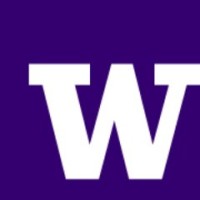
University of Washington
Founded in 1861, the University of Washington is one of the oldest state-supported institutions of higher education on the West Coast and is one of the preeminent research universities in the world. Located minutes from downtown Seattle, the main UW campus provides gorgeous views of the Cascade and Olympic mountain ranges and, every spring, attracts visitors from all over to world who come to witness the blooming of its cherry blossom trees. As the state’s flagship university, the UW serves more students than any other institution in the Northwest. In addition to its Seattle campus, the University has thriving campuses in Tacoma and Bothell and a robust professional and continuing education program. Anyone can enjoy and be enriched by all the UW has to offer, including world-class libraries, art, music, drama, sports and the highest quality medical care in Washington state. Being public also means being engaged with our communities, and through knowledge and discovery we are elevating the quality of lives of others.






